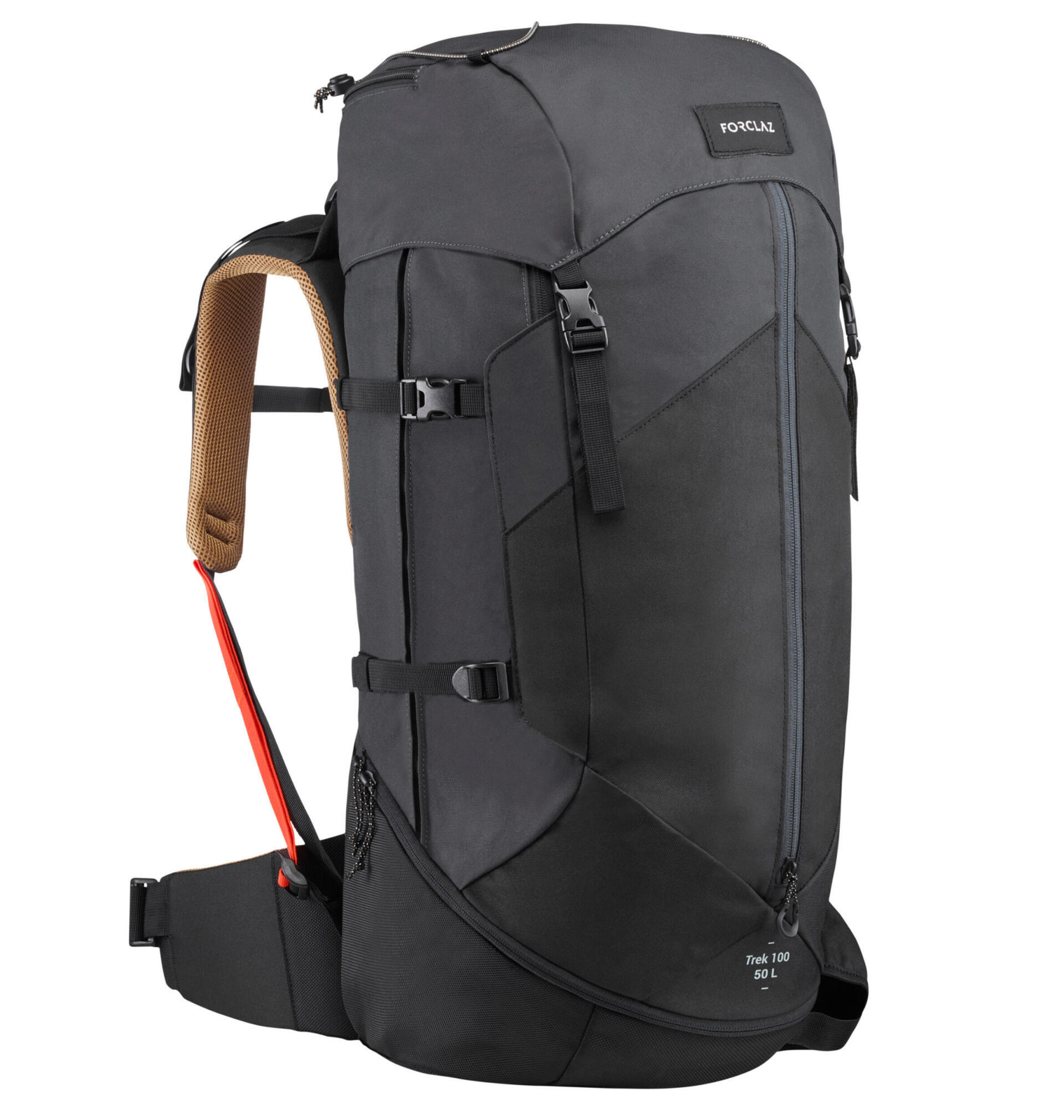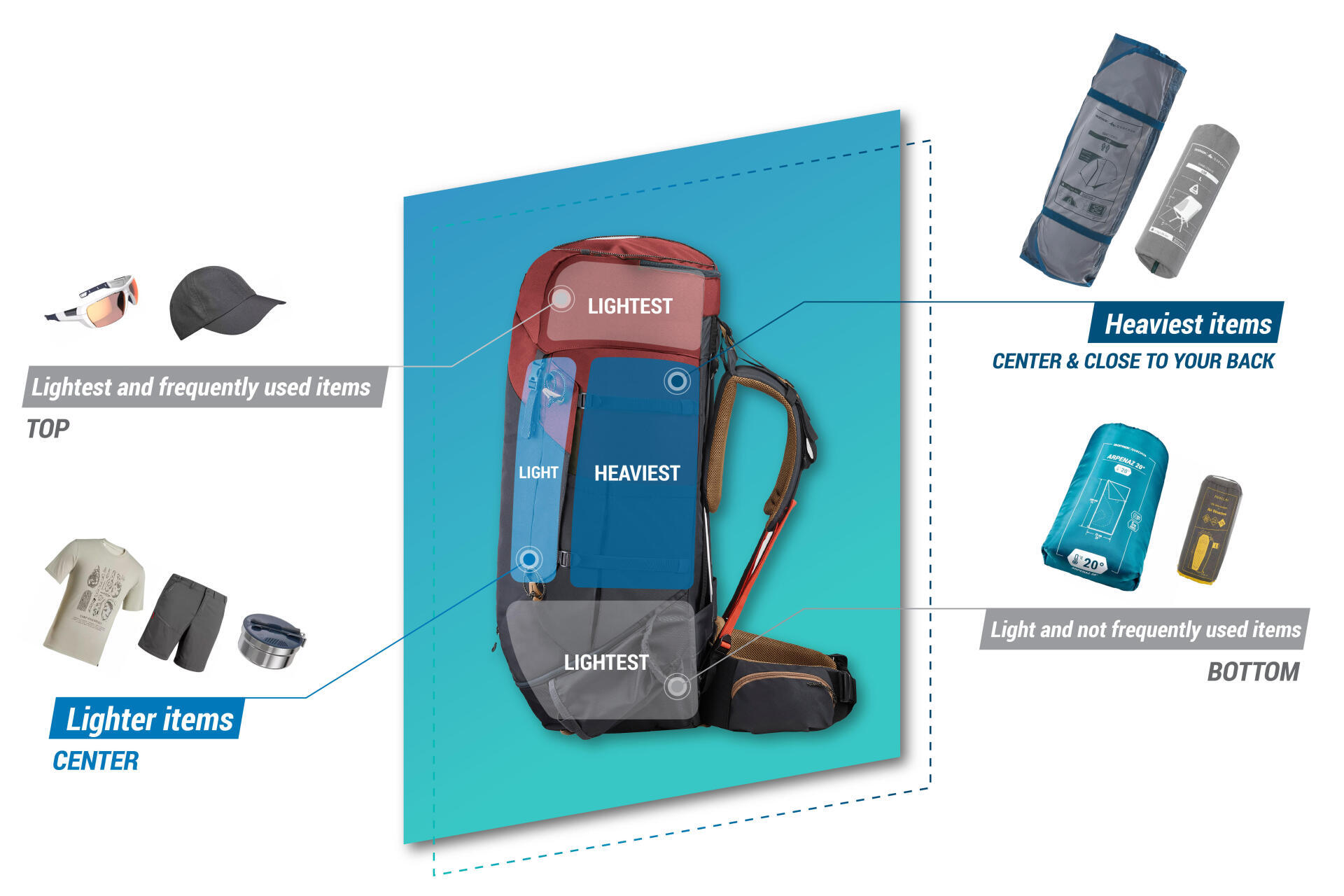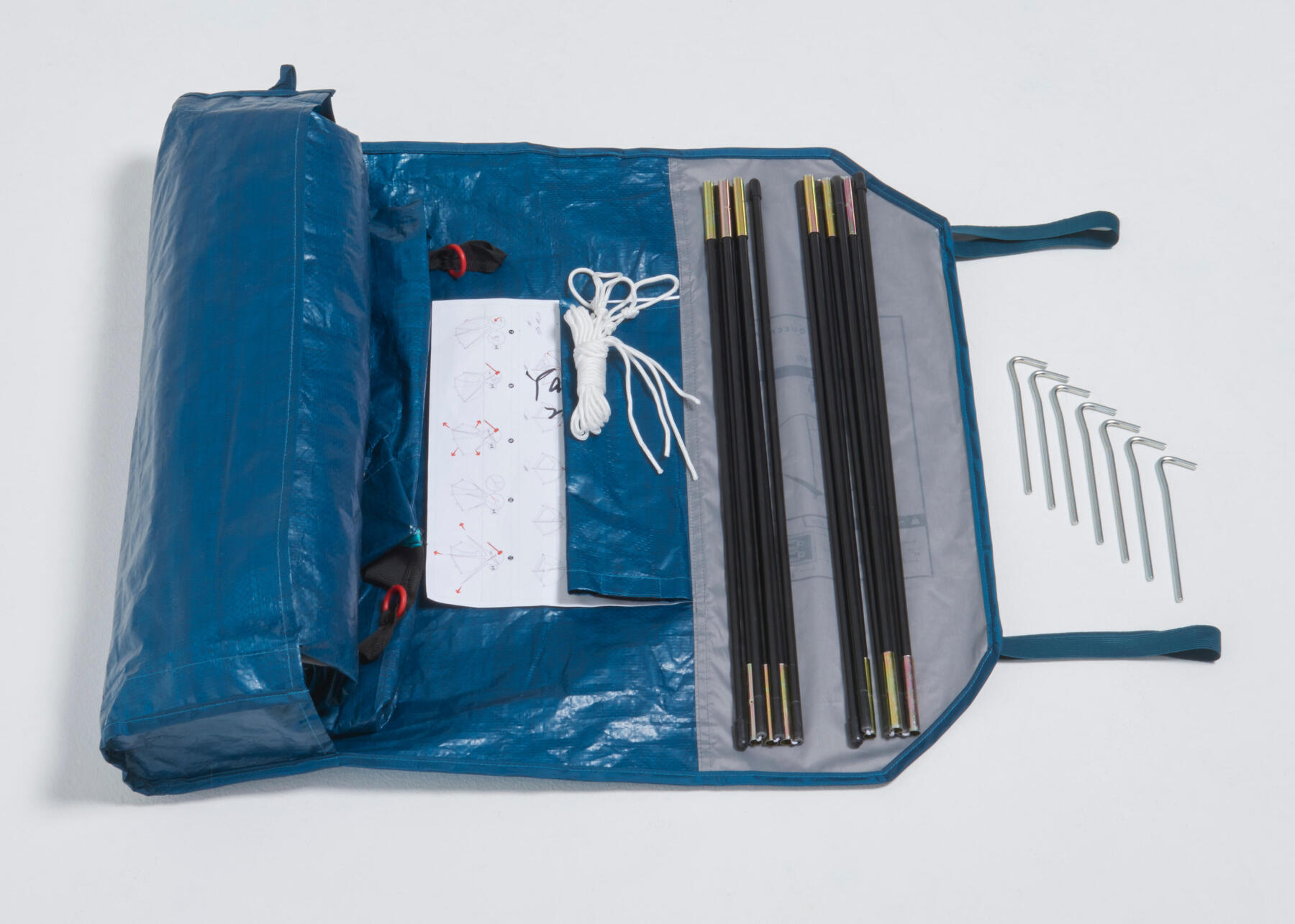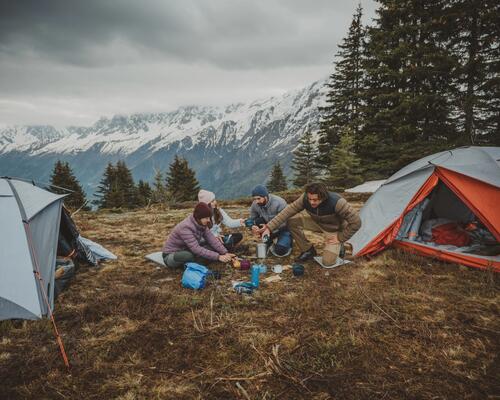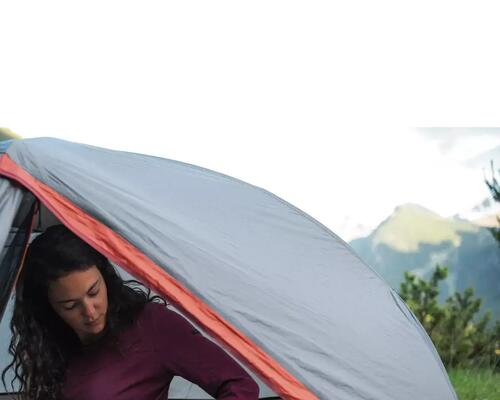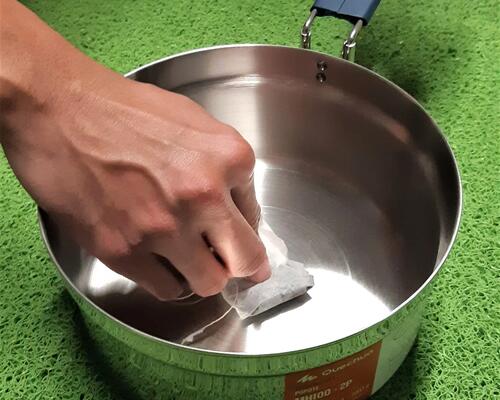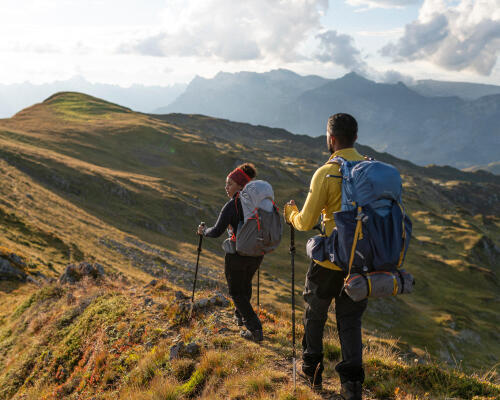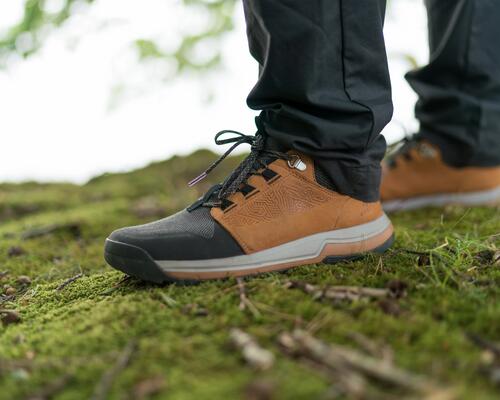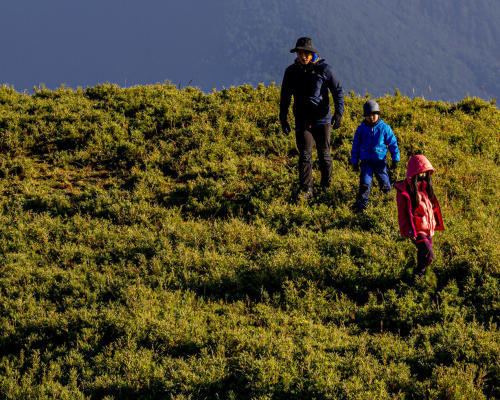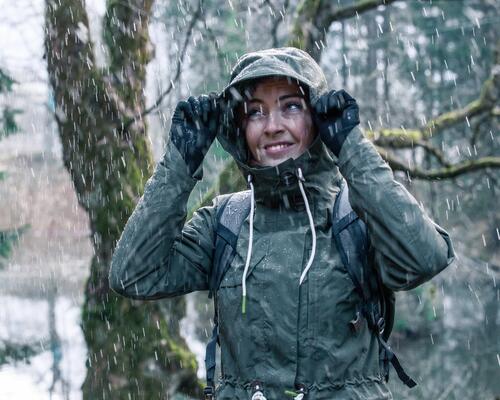Some tips on packing backpacks
Whether you are a new or experienced camper/hiker, keep in mind ABCS:- Access - Balance - Compression - Streamlined
Accessibility
According to its characteristics, they gear should be placed in different positions. Sleeping bags, slippers, etc. that are not used when hiking, can be placed at the bottom of the backpack. Raincoats and warm clothes that need to be taken out frequently can be placed on the top of the backpack.
Balance
Balancing is very important in all directions; left and right, up and down. The center of gravity of your backpack should be close to your back, but not higher than shoulders. Sleeping bag and sleeping mats are placed at the bottom, followed by the tent. Water and food are placed against your back. The side pockets can hold a small water bottle while the tent poles can be placed on the other side, balancing left and right.
Compression
Compress everything to save space. Loose items wobbling in your backpack while walking can be rather uncomfortable. When the backpack packs perfectly, the gears inside will not shake.
Streamlined
The packed backpack should be as wide as your body and fits against your back. Anything attached outside your backpack can get caught easily on branches or hit someone nearby, causing danger when walking. Remember that the width of the packed backpack must not exceed the body.

